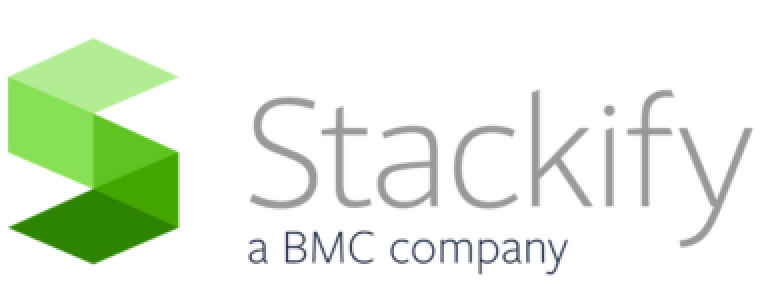- 1 Minute to read
- Print
- DarkLight
- PDF
Ruby APM with Linux / Windows
- 1 Minute to read
- Print
- DarkLight
- PDF
This document details how to install the Ruby APM Profiler in your Ruby application running on Linux or Windows.
Prerequisite
- Linux - Follow the Retrace Linux Install Guide.
- Windows - Follow the Retrace Windows Install Guide.
Ruby Profiler Setup
Add Stackify APM Module
Modify application Gemfile:
gem 'stackify-ruby-apm'
Configure Application
Add config/stackify_apm.yml to your application, modify application_name and environment_name.
application_name: 'Ruby Application'
environment_name: 'Production'
Rails
Profiler will startup automatically, no additional configuration.
Non-Rails
Include StackifyRubyAPM::Middleware when starting your application:
# config.ru
require 'stackify-ruby-apm'
use StackifyRubyAPM::Middleware
StackifyRubyAPM.start
# application startup
at_exit { StackifyRubyAPM.stop }
Sinatra
# config.ru
require 'stackify-ruby-apm'
require 'sinatra/base'
class MyApp < Sinatra::Base
use StackifyRubyAPM::Middleware
# get '/' do ...
end
StackifyRubyAPM.start
run MyApp
at_exit { StackifyRubyAPM.stop }
Build and Deploy your application.
Verify
Make application requests, you can then verify results in the Retrace dashboard.
Troubleshooting
Review the Troubleshooting Guide.

